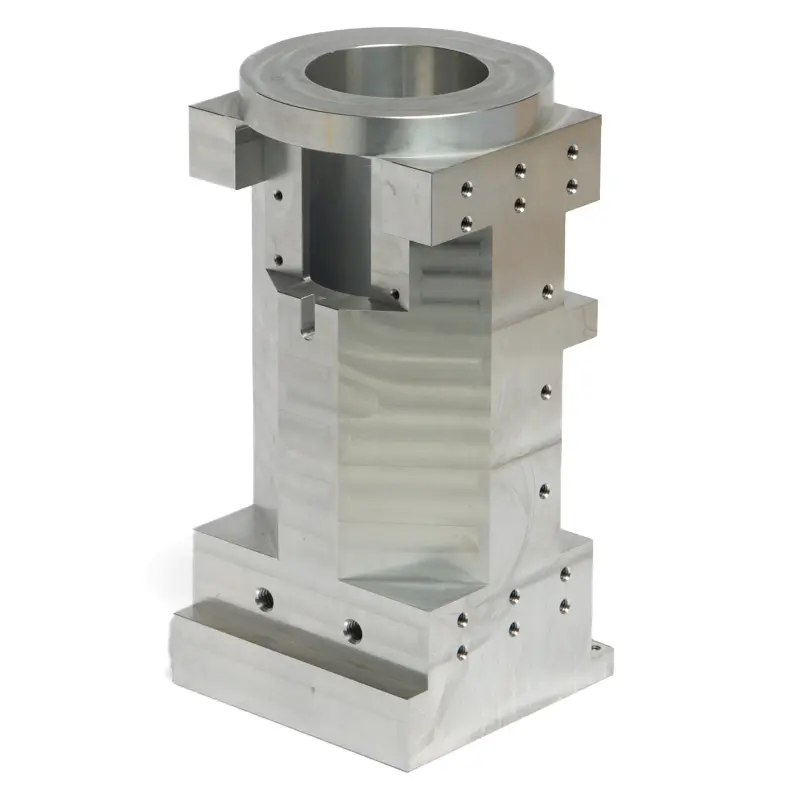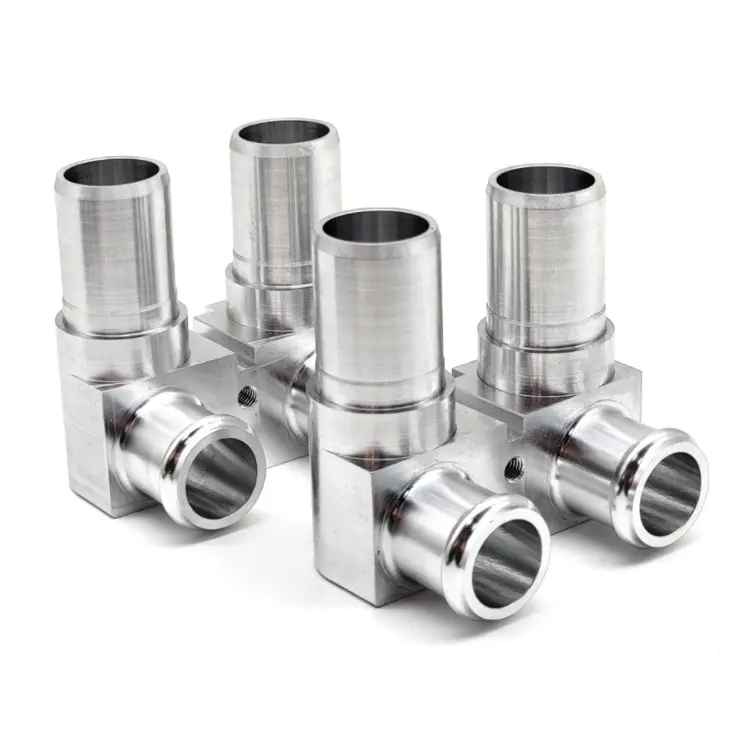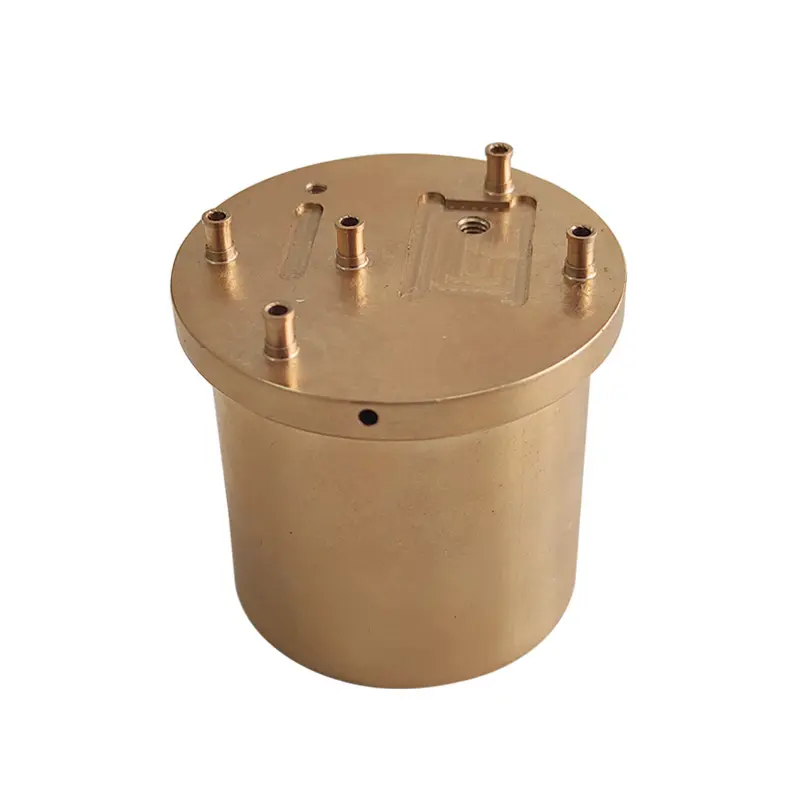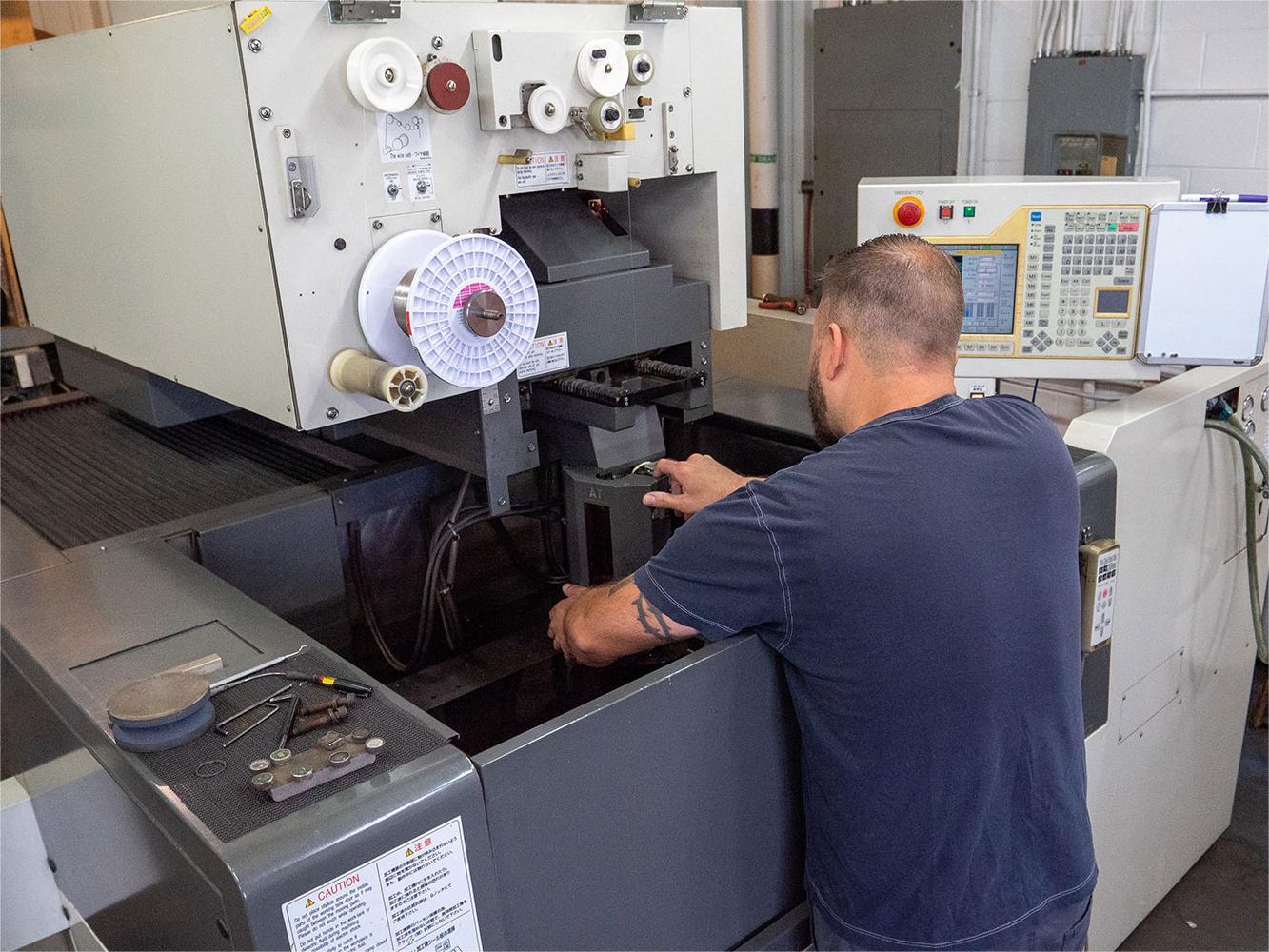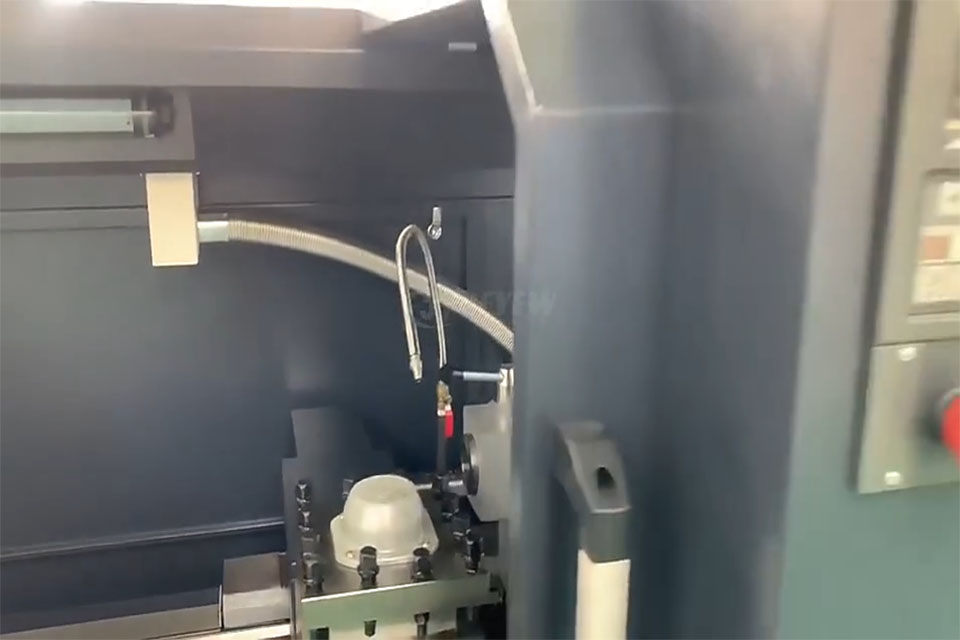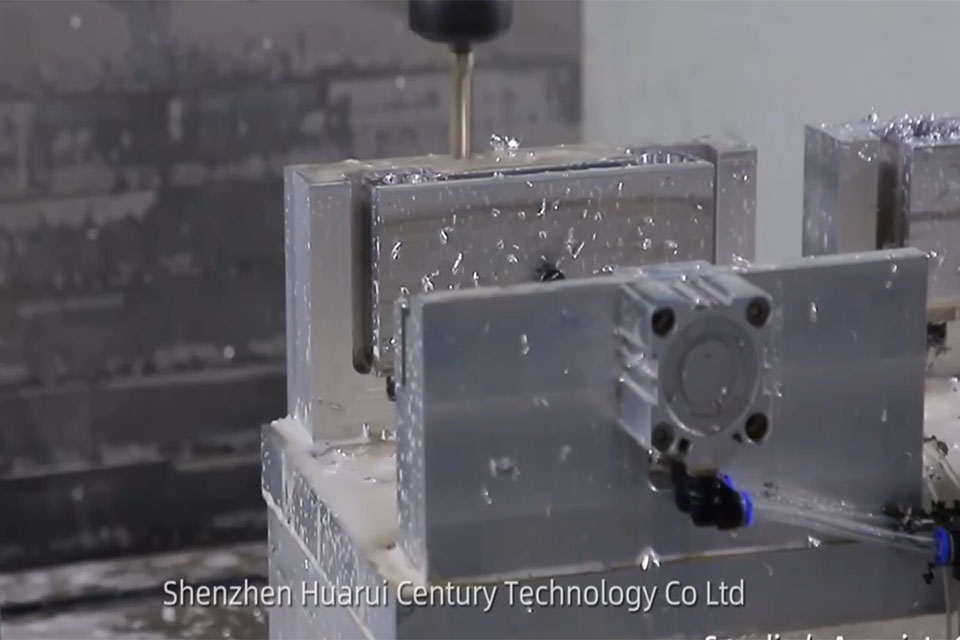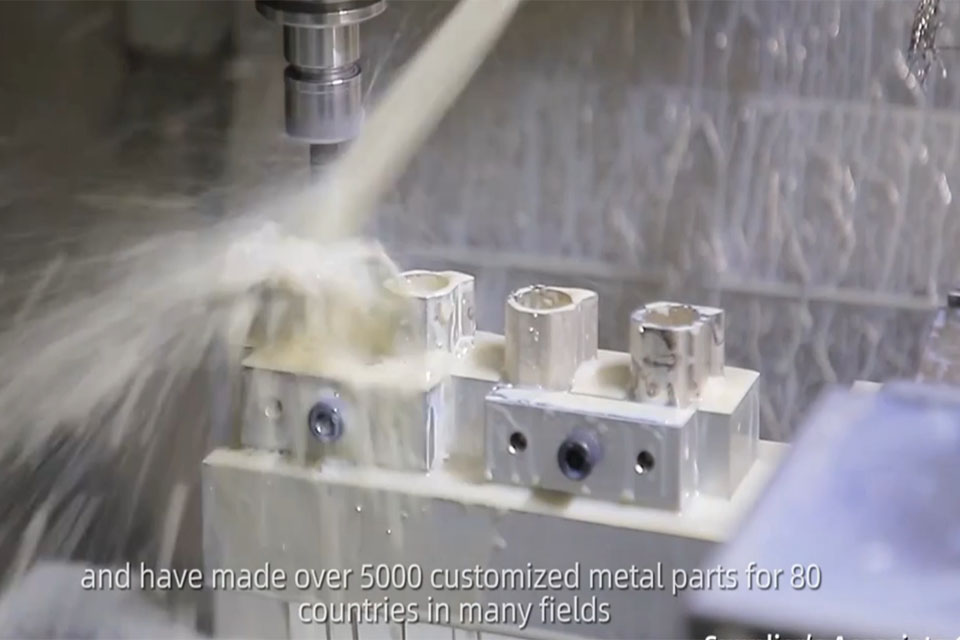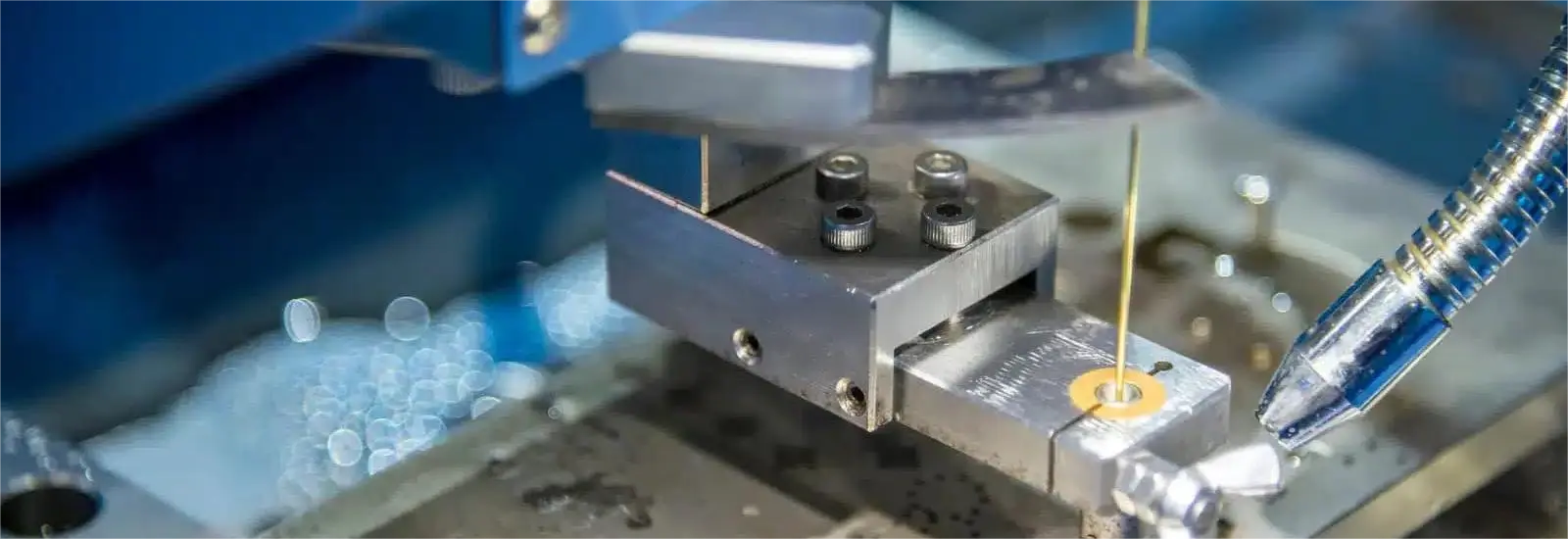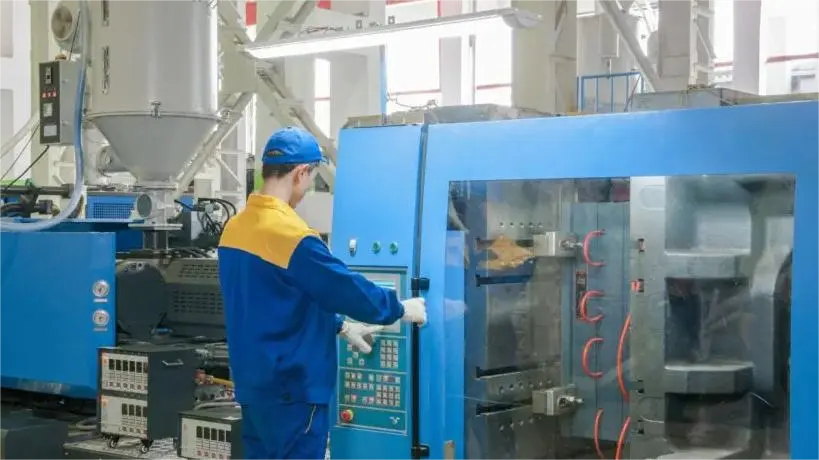
CNC Machining vs. 3D Printing: Which is Right for Your Manufacturing Needs?
目录
导言

1. Understanding the Core Technologies
Before diving into comparisons, let’s break down the basics of CNC machining and 3D printing.
什么是 CNC 加工?
CNC machining, or Computer Numerical Control machining, is a subtractive manufacturing process. It involves removing material from a solid block using computer-controlled tools to create precision parts. Known for its accuracy and versatility, CNC machining is widely used across industries like 航空航天 和 医疗设备.

What is 3D Printing?
3D printing, also called additive manufacturing, builds objects layer by layer from a digital model. It excels in creating complex geometries and is ideal for rapid prototyping and custom designs. Industries such as 机器人 和 消费品 often leverage 3D printing for its flexibility [[5]].
2. Key Differences Between CNC Machining and 3D Printing
| 方面 | 数控加工 | 三维打印 |
|---|---|---|
| 工艺类型 | Subtractive (removes material) | Additive (adds material layer by layer) |
| 材料选择 | Metals, plastics, wood, etc. | Plastics, resins, some metals |
| 精度 | ±0.005 mm tolerances | ±0.1 mm to ±0.5 mm tolerances |
| 表面处理 | Smooth, minimal post-processing | Rougher, often requires finishing |
| 生产速度 | Faster for high volumes | Slower for large batches |
3. Applications Across Industries
CNC Machining Use Cases
- 航空航天: Precision components like turbine blades and structural parts.
- 汽车: Engine components, transmission parts, and custom tooling.
- 医疗设备: Surgical instruments and orthopedic implants requiring exact measurements.

3D Printing Use Cases
- 快速原型制作: Quick iterations for product development.
- 医疗: Custom prosthetics, dental implants, and anatomical models.
- 航空航天: Lightweight brackets and ducting systems.
For more details on specific applications, explore our resources on 数控解决方案 和 制造服务.
4. Advantages of CNC Machining
- 高精度: Achieves tolerances as tight as ±0.005 mm.
- 材料多样性: Works with metals, plastics, and specialty materials.
- Excellent Surface Finish: Produces smooth surfaces with minimal post-processing.
- Cost-Effective for High Volumes: Economical for large-scale production runs.
5. Advantages of 3D Printing
- 复杂几何图形: Creates intricate designs that are impossible with CNC machining.
- Minimal Material Waste: Adds only the necessary material, reducing waste.
- 快速原型制作: Transitions quickly from design to physical part.
- Mass Customization: Ideal for personalized items in healthcare and fashion.
6. Limitations of Each Technology
CNC Machining Challenges
- High material waste due to its subtractive nature.
- Limited ability to handle highly complex internal geometries.
- Requires skilled operators and significant setup time.
3D Printing Challenges
- Lower precision and surface finish compared to CNC machining.
- Limited material options, especially for high-performance metals.
- Slower for large-scale production.
7. Cost Implications
CNC machining typically has higher upfront costs but becomes cost-effective for large volumes. In contrast, 3D printing offers lower startup costs, making it ideal for small-batch or custom projects [[9]].
8. Hybrid Manufacturing: The Best of Both Worlds
Combining CNC machining and 3D printing can unlock new possibilities. For instance, 3D printing can create complex internal structures, while CNC machining refines critical surfaces to meet precise tolerances. This hybrid approach is gaining traction in industries like 航空航天 和 医疗设备 [[10]].

9. Future Trends in Manufacturing
- 数控加工: Increased automation, multi-axis machines, and eco-friendly practices.
- 三维打印: Expansion into bio-materials, faster print speeds, and larger build volumes.
10. Making the Right Choice for Your Project
When deciding between CNC machining and 3D printing, consider the following factors:
- 部件复杂性: Choose 3D printing for intricate designs; CNC machining for simpler geometries.
- 生产量: Opt for CNC machining for high volumes; 3D printing for low-volume or custom parts.
- 预算: CNC machining is cost-effective at scale; 3D printing suits smaller budgets.
主要收获
- CNC machining excels in precision, durability, and high-volume production.
- 3D printing offers unmatched design flexibility and rapid prototyping capabilities.
- Combining both technologies can address complex challenges efficiently.
- Evaluate your project’s needs carefully to choose the right method.
常见问题
Is CNC machining better than 3D printing?
It depends on your project. CNC machining is ideal for precision and durability, while 3D printing is perfect for complex designs and rapid prototyping.
Can 3D printing replace CNC machining?
No, but they complement each other. Many industries use both technologies to optimize production.
What materials can CNC machining handle?
CNC machining works with metals, plastics, wood, and specialty materials like jewelry wax.
How fast is 3D printing compared to CNC machining?
3D printing is faster for small batches, while CNC machining excels in high-volume production.
What are the environmental impacts of these technologies?
CNC machining generates more waste, while 3D printing is more sustainable due to its additive nature.
进一步阅读的内部链接
评论
出色的产品案例
标签
相关博客
从我们的博客中获取有关 CNC 加工的最新趋势和事实。

